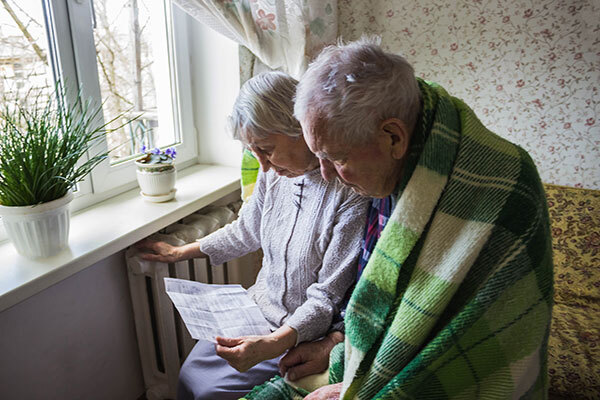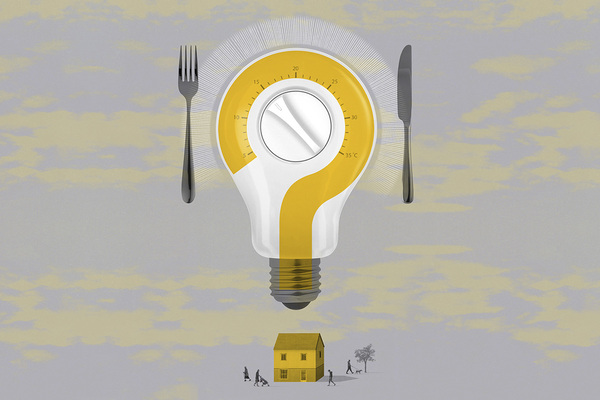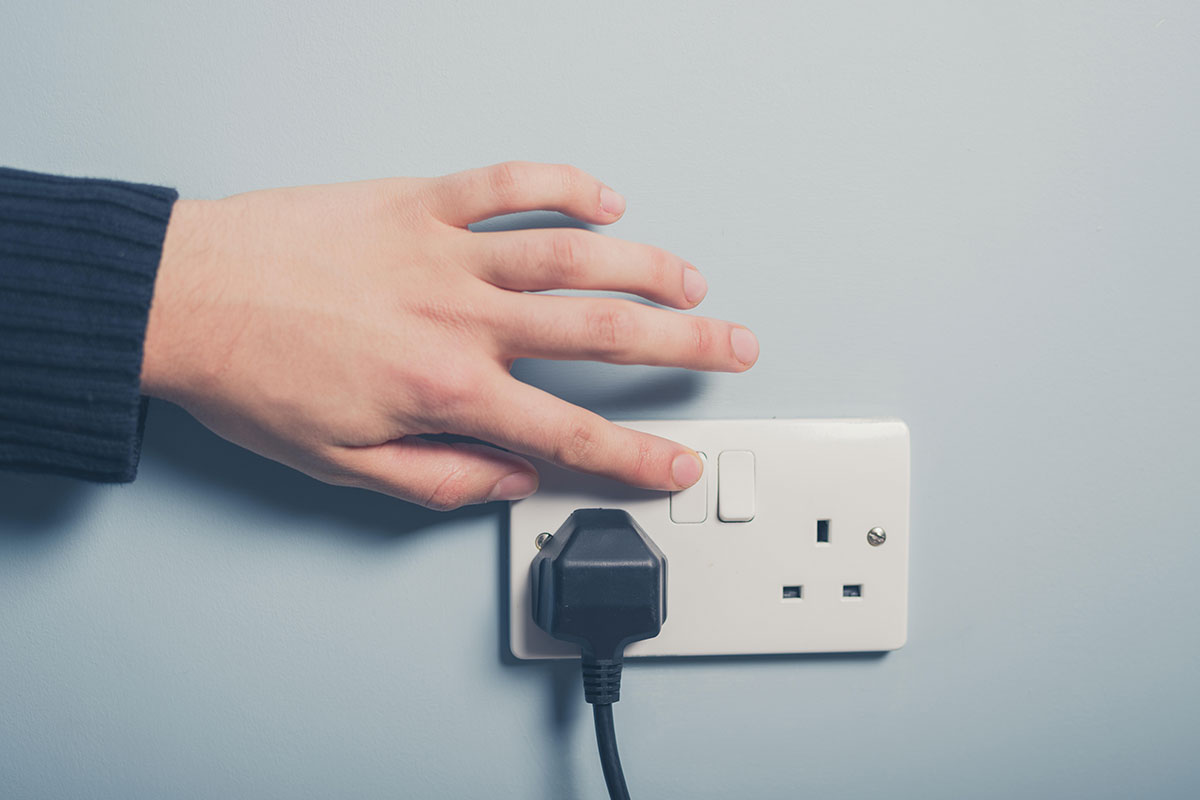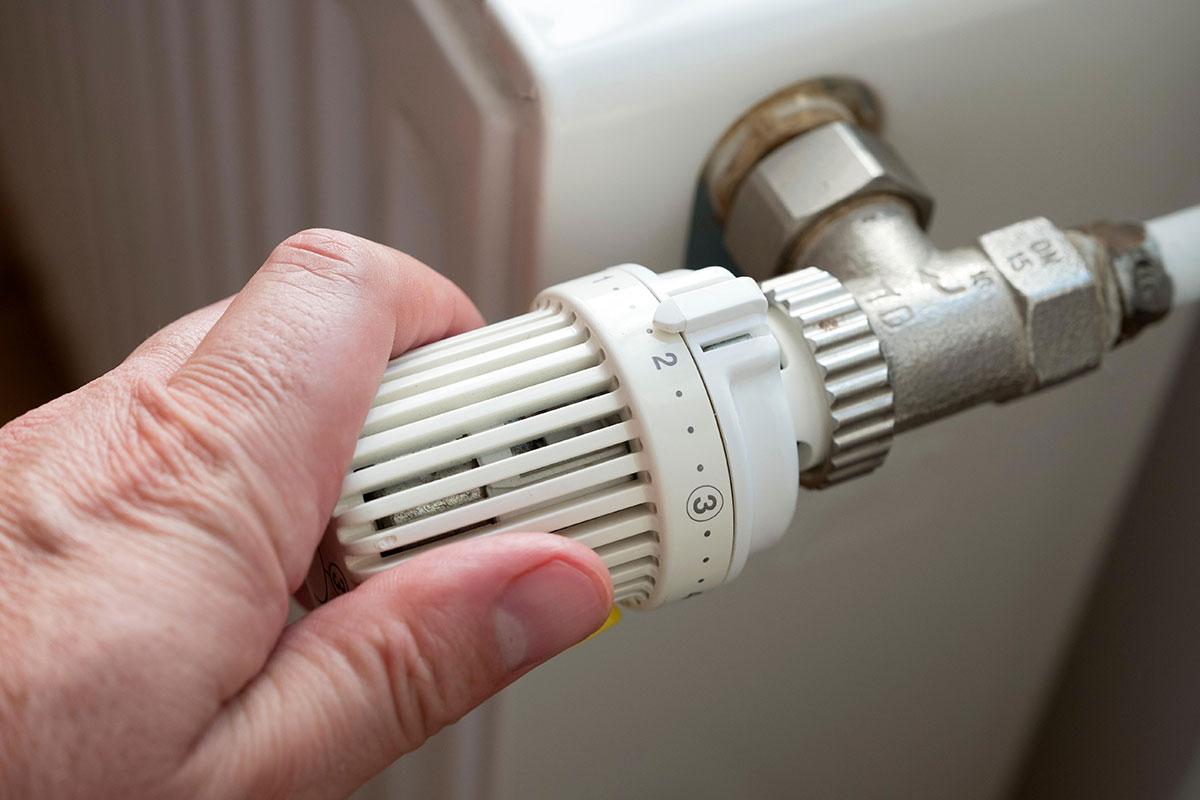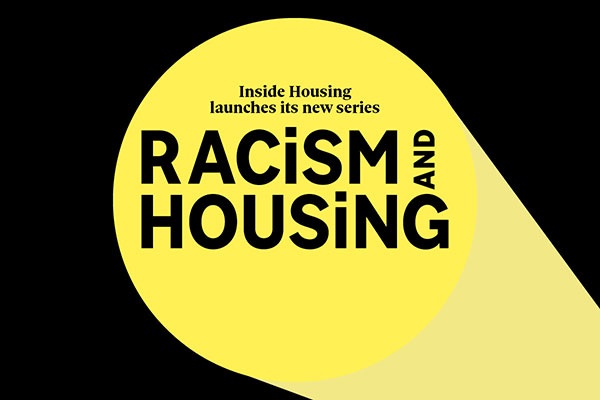Fuel poverty: how can it be tackled?
Inside Housing speaks to Luke Loveridge, CEO of HomeLINK, a supplier of Internet of Things sensors to social landlords, about fuel poverty – what it is, what causes it and what can be done to address it
In association with:

According to the government’s fuel poverty strategy report published in February, many of those who are living in fuel poverty don’t identify with the term, so let’s start with the simple question: what is fuel poverty?
It means you’re spending a disproportionate amount of your income on energy. That could be because you’re on a low income, but also because your home has low energy efficiency.
It’s a really important issue, and sometimes it’s quite hidden.
The latest government figures show that more than three million households – that’s one in five – in England alone live in fuel poverty.
Having worked closely with social landlords on deploying [sensor technology] in people’s homes, I’ve seen first-hand and quite frequently people struggling, putting on extra jumpers and coats because their homes are freezing.
It’s a travesty that so many people are affected by this issue.
What impact can fuel poverty have on people’s lives and the properties they live in?
There are more than 10,000 excess winter deaths per year because people cannot afford to heat their homes [according to End Fuel Poverty Coalition]. That’s a huge amount for a developed country.
Those deaths happen because fuel poverty contributes to ill health – it can lead to respiratory diseases that might contribute to heart attacks or strokes, for example.
It can lead to mental health issues, too; being unable to heat your home, having unaffordable bills – this can be very stressful. And this impacts on people’s health and well-being, which in turn has an impact on health services.
It might be that landlords see rent payments being more inconsistent or people getting into arrears – or they might sacrifice food to pay the rent, for example, which then causes other issues. But there can sometimes be a bit of a lag in identifying those sorts of things.
Fuel poverty has been linked to fire safety issues. How are the two connected?
You wouldn’t think of a cold home being a fire hazard, but fuel poverty might mean that people turn to open fires, for example, warming themselves by burning things rather than turning their heating on. And people whose mental health is suffering as a result of not being able to pay their bills might not necessarily be monitoring those open fires closely enough. So all of those together contribute to increasing the risk of fire within a home.
Carbon monoxide poisoning can be a risk as well. If you haven’t turned on your boiler for a while – if you only use it intermittently – then it might be more prone [to leaking carbon monoxide].
Even if you just try to limit the amount of times you use your boiler you might start to create these sorts of issues.
What changes are being introduced that might influence this from a landlord perspective? And how can landlords help tenants who are struggling with energy bills?
There’s a huge push around more energy-efficient homes – improved ventilation and insulation, as well as smart metering, for example – particularly now, with the Climate Change Conference of the Parties (COP26) taking place in Glasgow in November. It’s really rising up the agenda. But it’s a huge task to retrofit current housing stock.
There has been a huge amount of retrofit work done already, but that can cause its own problems.
Once you start insulating and sealing up homes, that can start to cause damp mould – and that can cause other health issues to creep up.
We’ve got a number of insights around energy efficiency; we can look at the thermal efficiency of a home, and that’s particularly important in terms of retrofit, understanding what the baseline is and then what the impact [of retrofitted measures] has been on each home’s thermal efficiency.
But on the flipside of that we also have insight on ventilation that can tell us if there are any draughts coming through, for example, which again affects energy efficiency.
We can also tell if the house has been sealed up, and there’s no ventilation at all. It’s about finding a balance between these things.
Part of this, too, is about tenants’ awareness. It’s key that landlords educate tenants about the impact of fuel poverty. If their homes are cold, what does that mean for their health? If it’s below 18°C, for example, do people know that can exacerbate existing respiratory health problems? And who can they contact to address that?
A number of local authorities and social landlords can offer help in the form of hardship grants or income maximisation teams, for example, for people who might otherwise be suffering in silence.
We have an app that can help with this, or the information can be sent out in the form of a letter, to start to educate people on the effects that a cold home can have on their health.
Luke Loveridge
Luke Loveridge is chief executive and co-founder of HomeLINK, which uses the Internet of Things and machine learning to make rented homes smarter, safer and more efficient. In July 2020, HomeLINK was acquired by Aico, a fire and protection solutions manufacturer. Previous to this, he worked in local government in several management roles in areas such as smart cities, innovation and change at Bristol City Council and the Royal Borough of Greenwich.
What else can the government do to reduce fuel poverty?
The government obviously has a huge agenda around retrofitting to make homes energy efficient, as I said, but it also needs to take a more holistic view – to zoom out on some of these issues, because they are so complex.
Fuel poverty is very much energy efficiency-related, but as we have seen it also has a massive impact on mental and physical health, and on social care.
It’s not just about what government can do. It’s also about empowering people and their support networks to help identify people who are in fuel poverty. The typical sufferer might be an older person living on their own, and they might just not feel or be able to speak up.
So in that case, if someone goes around to do an electrical rewire, or to service the gas boiler, how do we get those people to be able to identify whether someone is living in fuel poverty and to refer them to appropriate services?
Part of the answer is being able to measure the impact of interventions. If you don’t measure something, then how do you know how you’re performing? How do you know if you’re actually ending fuel poverty?
So I think, again, that’s where we can come in – by helping to understand in real time what those metrics are, and how various interventions affect them.
It’s all about early intervention – because if you can stop a £10 problem becoming a hundred or a thousand-pound problem later down the line, then surely you should intervene at that early stage?
